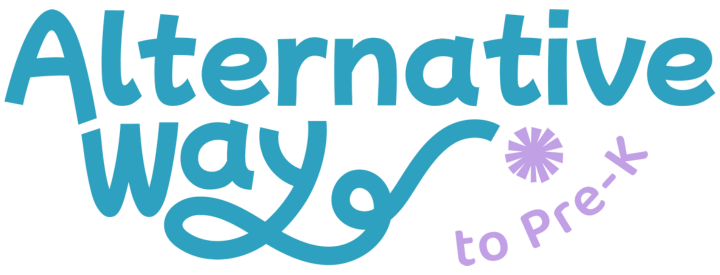Differentiated instruction is a crucial strategy in early childhood special education (ECSE), ensuring that every child receives the support they need to learn and grow. However, many myths surround differentiation, often leading to misconceptions about its effectiveness, feasibility, and necessity. Let’s address some of the most common myths and set the record straight.
Myth #1: Differentiation Means Creating a Separate Lesson Plan for Each Student
One of the biggest misconceptions about differentiation is that teachers must develop completely individualized lesson plans for each student. In reality, differentiation is about making thoughtful adjustments to instruction, materials, and assessments based on students’ needs. This might include offering choices in how children engage with content, varying levels of support, or using flexible groupings—not creating 20 different lesson plans!
It also does not have to be that complicated.
For example, say you are reading a book about a farm and want to check for understanding. You can ask student A a direct question about the book, like who lives on the far,m and student B you are looking for them to reach and grab the book. Those are two totally different things but achieve the same goal and do not require you to write a new lesson plan for each.
Myth #2: Differentiation Is Only for High-Achieving or Struggling Students
Some educators believe differentiation is only necessary for students at the extreme ends of the learning spectrum. However, all students benefit from differentiated instruction. In an ECSE setting, differentiation ensures that every child—regardless of ability—can engage meaningfully in learning experiences. Whether a child needs additional sensory input, extra time to process information, or alternative ways to express their learning, differentiation is for everyone.
Myth #3: Differentiation Is Too Time-Consuming
Teachers are already stretched thin, so it’s understandable why differentiation can feel like an overwhelming task. However, differentiation doesn’t always mean more work—it means working smarter. Using strategies like visual supports, choice boards, and adaptive materials can make differentiation manageable and even reduce classroom disruptions by meeting students’ needs proactively.
Differentiating can also be done on the fly by using your best judgment. Working on a small group put in task and two students are able to put and one is having a hard time? Just by moving the put in box to them is differentiating! It does not have to be that complicated!
Myth #4: Differentiation Lowers Expectations for Students
A common concern is that differentiation might “water down” the curriculum or lower expectations. On the contrary, effective differentiation maintains high expectations while providing multiple pathways for success. In ECSE, this might mean using adaptive tools to support fine motor skills during writing tasks or incorporating movement-based activities, offering sensory breaks, or providing adaptive equipment and AAC. The goal is to provide equitable access to learning, not to lower standards.
Myth #5: Differentiation Is Only About Academics
Differentiation goes beyond just modifying academic content; it also includes addressing social-emotional, behavioral, and communication needs. Young children in special education may require differentiated approaches to peer interactions, transitions, and self-regulation. A differentiated classroom is one where every aspect of a child’s development is supported, not just their academic growth.
Making Differentiation Work in ECSE
Now that we’ve debunked some of the common myths, how can educators make differentiation more effective? Here are a few practical strategies:
- Use Universal Design for Learning (UDL): Provide multiple means of engagement, representation, and expression.
- Leverage Assistive Technology: Use communication devices, visual schedules, and adapted tools.
- Provide Choices: Offer different ways for children to demonstrate their learning, such as through play, art, or movement.
- Collaborate with Support Staff: Work with therapists, paraprofessionals, and families to ensure continuity in differentiated approaches.
Differentiation in early childhood special education isn’t about doing more work—it’s about doing the right work to meet students where they are. By dispelling these myths, educators can confidently implement differentiation strategies that foster inclusion, engagement, and success for all young learners.
What are some of the differentiation strategies you’ve found most effective in your ECSE classroom? Share your thoughts in the comments below!
